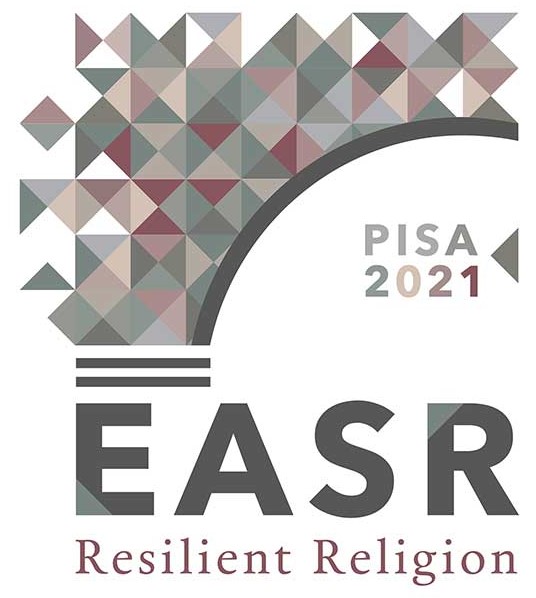
Éva Pócs
is Professor Emeritus at the University of Pécs, Hungary. She has been PI on the European Research Council project “Vernacular Religion on the Boundary of Eastern and Western Christianity.” Her main research areas: Comprehensive analysis and comparative research of Central Eastern European folk religion and folk belief, complex anthropological research of lay religiosity and popular magic, research into early modern religion, witchcraft and demonology, as well as research into text-folklore related to belief narratives, verbal charms and other genres of religious folklore. Her books include: Fairies and Witches at the Boundary of South-Eastern and Central Europe, Helsinki 1989; Between the Living and the Dead: a Perspective on Witches and Seers in the Early Modern Age, Budapest, 1998. Among her edited and co-edited books are: Charms and Charming. Studies on Magic in Everyday Life, Ljubljana, 2019; Present and Past in the Study of Religion and Magic (with Ágnes Hesz), Budapest, 2019; Body, Soul, Spirits and Supernatural Communication, Cambridge, 2019. Her most recent English papers are: ‟The Hungarian Táltos and the Shamanism of Pagan Hungarians. Questions and Hyphotheses”. Acta Etnhographica Hungarica 63, 2018, and ‟Stoikheion, Stuha, Zduhač: Guardian Spirits, Weather Magicians, and Talismanic Magic in the Balkans”, Magic, Ritual and Witchcraft 16, 2021.
Remnants of the past in the lived religion of a Roman Catholic community in Transylvania
Based on fieldwork I carried out between 2002–2016, I am writing a book about the religious life of a community on the boundary between Orthodox and Latin Christianity which had preserved its traditions intensely until the end of the 19th century and where religion is the most important normative regulating system of everyday life almost to this very day. The lived religion of this community is remarkable (similarly to a few other communities of this geographic environment living in boundary or peripheral positions) for preserving a handful of traits which many researchers would term “medieval” in character. (In the Middle Ages the traits in question were characteristic in certain areas of Western and Eastern Europe but – with a few exceptions – ceased to be part of religious life by the modern period.) The traits in question are the following.
A strong emotional charge; direct encounters with the sacred world – the importance of ecstatic spirituality (visions, significant dreams, unio mystica type phenomena). Co-existence of the sacred and the profane – the great importance of the sacred and its penetration into everyday life. A notion of permanent strife between the divine and the demonic world prevails. The normative role of belief in the other world which contributes to people’s constant efforts to secure their salvation and avoid damnation and influences constant direct communication with the dead and a broad range of sacrifices offered to them. In the same context, belief in and fear of the devil shapes an important role in everyday life strategies. Religious norms, taboos, the transgression of taboos and norms, as well as various other sins constitute a system of religious sanctions. Blessings and curses; taboos and their transgression – an ambivalent, fair, punishing and avenging Old Testament God. A reciprocal exchange relationship with God and the saints (Max Weber), which manifests itself in a broad variety of sacrifices, oaths, vows, and divination. We find medieval forms of religious magic (magical religiosity), such as black fasting, and priests performing magic in the service of the believers.
One of the central questions of my research is what keeps these religious notions and rituals alive in this particular community. I am curious about what sort of changes these notions have undergone during their long existence and how they were adapted to the constant changes in their social and cultural environment. The following appear to be the most important factors.
Religion as an important normative regulating force of everyday life. To every problem and crisis in everyday life there existed a religious solution alongside other approaches, which was called into life by emotions of profound faith and fear. A lived religion is a „traditional coping mechanism – but genuine devotion was required for it to be effective” (Sari Katajala Peltomaa). Religion functioned as a personal matter and a social phenomenon, a communal norm and individual need. Members of the community are socialised into religious phenomena through collective discourse – story telling as a community act (Nancy Caciola). Religious folklore is also disseminated in writing; written forms survive and are transmitted (prayer booklets passed down in the family, religious chapbooks), as has happened to texts of a fixed form (prayers, verbal charms). The repetitive nature of Christian holidays, their calendar and festive rituals – marked by the phenomenon of “ritual fixity” (Maurice Bloch). Ritual practices are continuous and grow beyond the confines of particular special conditions. Religion plays a powerful part in strengthening identity (in Hungarian–Romanian and Roman Catholic–Orthodox relations alike). Orthodox influences play a part, too: the attitude of the Orthodox Church is closer to the people and contributes to maintaining closer ties with popular religion. The survival of distinctive medieval traits in Orthodox areas has been intertwined with the different attitude of the Orthodox Church to Satan and to popular demonology. We may note the perceived “benefit” of services offered by Orthodox priests and monks. Competition arises from the survival of imitations of Orthodox rites in the service of retaining a Roman Catholic identity.
